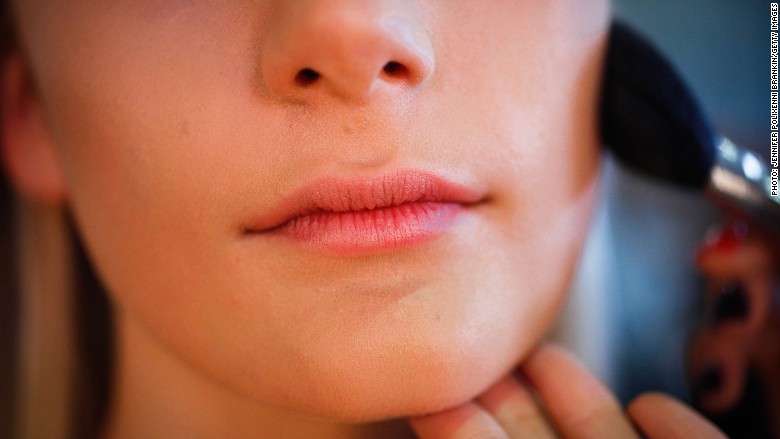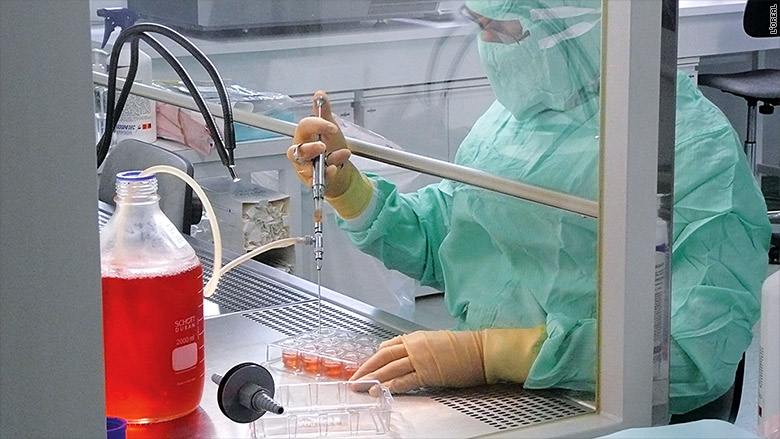
Human skin could be rolling off a 3-D printer near you within five years.
Companies are working on using live cells and specialized 3-D machines in a process called bioprinting, which experts say could be worth $1 billion by 2025.
Printing organs has generated plenty of hype for this branch of high-tech manufacturing, but applications for beauty firms are more likely to emerge sooner.
Cosmetics giant L'Oreal (LRLCF) is leading the way. The world's biggest beauty firm recently teamed up with U.S. biotech Organovo (ONVO) to develop 3-D printed skin tissues. It wants to create skin for product testing.
Related: Amazon launches 3D printing store
L'Oreal has been making skin for decades. The French company grows skin in laboratories, adding pigments and aging the tissues, in part as a way to get around a European ban on the sale of cosmetics tested on animals.
But growing skin is a slow and complex procedure. 3-D bioprinting would speed things up. Instead of waiting for skin to develop in a laboratory, cosmetic companies could build models more quickly by printing them out. It also creates much stronger prototypes.
Skin is thin, making it a relatively easy tissue to print. A syringe in the printer moves along the line of tissue, squeezing out a cell solution very slowly. Layers are then added to create the desired thickness.
"In the syringe format, it would be possible to create different skin types," said Arnold Bos, a technology consultant at Lux Research, "You can recreate sensitive skin, or man's skin."
That could mean new products -- and revenues -- for companies like L'Oreal. The firm spent nearly $1 billion on research and innovation in 2013.

Researchers have succeeded in printing human skin but commercial applications such as cosmetic testing are still about five years away, Bos said, partly because scientists still need to overcome the challenge of using living cells during the printing process.
That's not holding big business back. Procter & Gamble (PG) also wants to get in on the act.
The consumer goods giant wants academics to submit proposals for 3-D bioprinting research grants. Alternatives to animal testing are one of the applications the company has in mind, along with product innovation and safety screening.
"Some safety questions are still difficult to mimic with today's methods and new, additional non-animal alternative methods are needed," said P&G Global Life Sciences innovation leader Elena Lurie-Luke. "3-D bioprinting is a promising option for the future."

